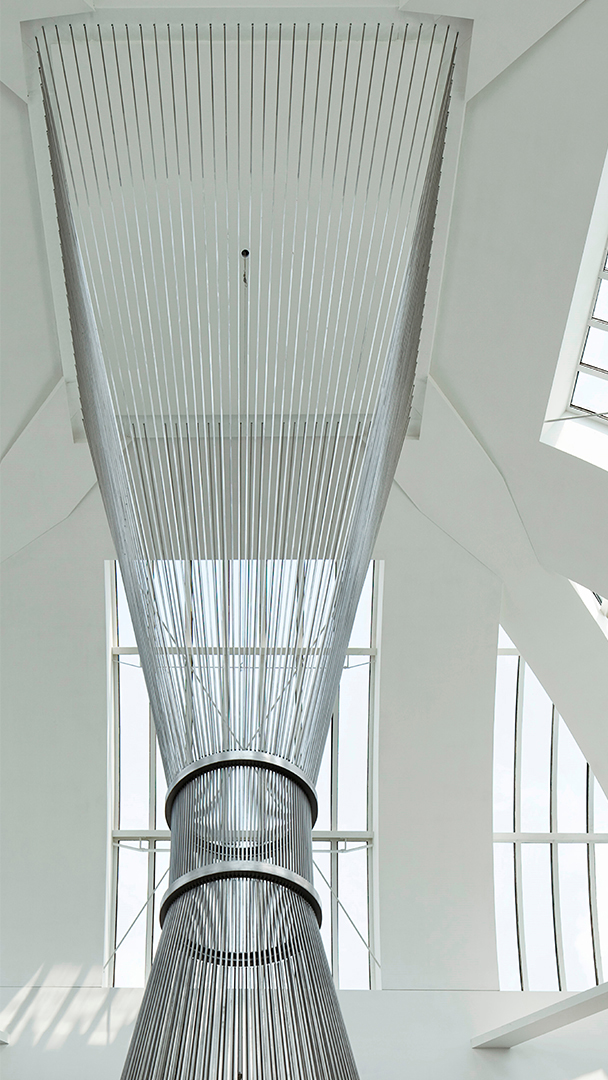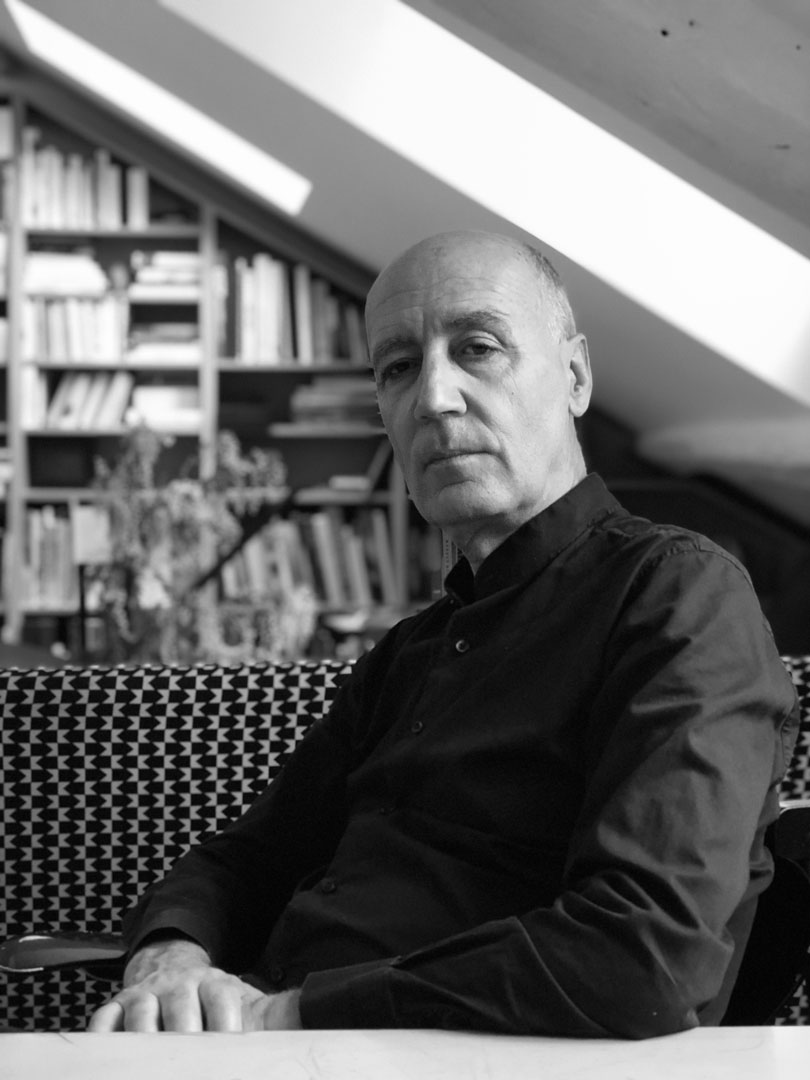
committed to ecology in architecture and town planning
Urban planning architect born in 1955, Nicolas Michelin founded the ANMA agency in Paris in 2001, after his association with Finn Geipel then named Labfac in the 90s.
He associates Michel Delplace and Cyril Trétout in this adventure.
For 20 years he has positioned ANMA as an innovative research and production agency for architecture and town planning at all scales: from the exceptional program to the subject of everyday life.
Opposite: Cover of the Arènes de Nîmes, LabFac, 1999
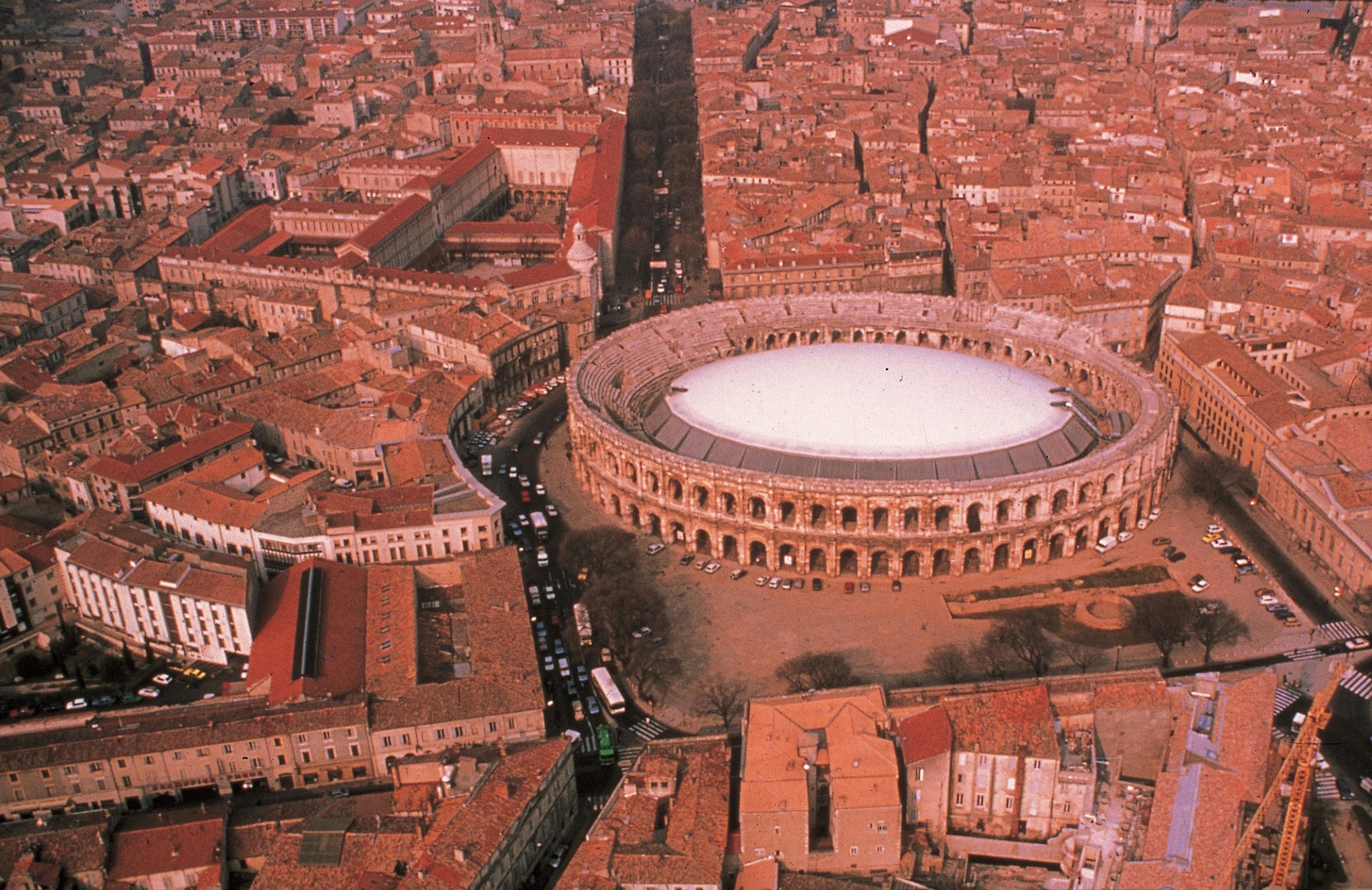
a rewarded career
For his approach, he won the Grande Médaille d’Argent du Prix Dejean de l’Académie d’Architecture, of that academy he became a member in 2004.
In 2003 and 2010, the ANMA agency received the Mention spéciale at the Equerre d’Argent award for the Gymnase Europole in Grenoble and the Logements du Quartier Grand Large in Dunkirk.
He was nominated for the Urban planning Grand Prix in 2005, 2007 and 2008.
He was also made a Chevalier National de l’Ordre du mérite in 2005 and became a Knight of the Légion d’honneur in 2013.
Opposite: Housing in the Quartier Grand Large in Dunkirk, ANMA, 2010
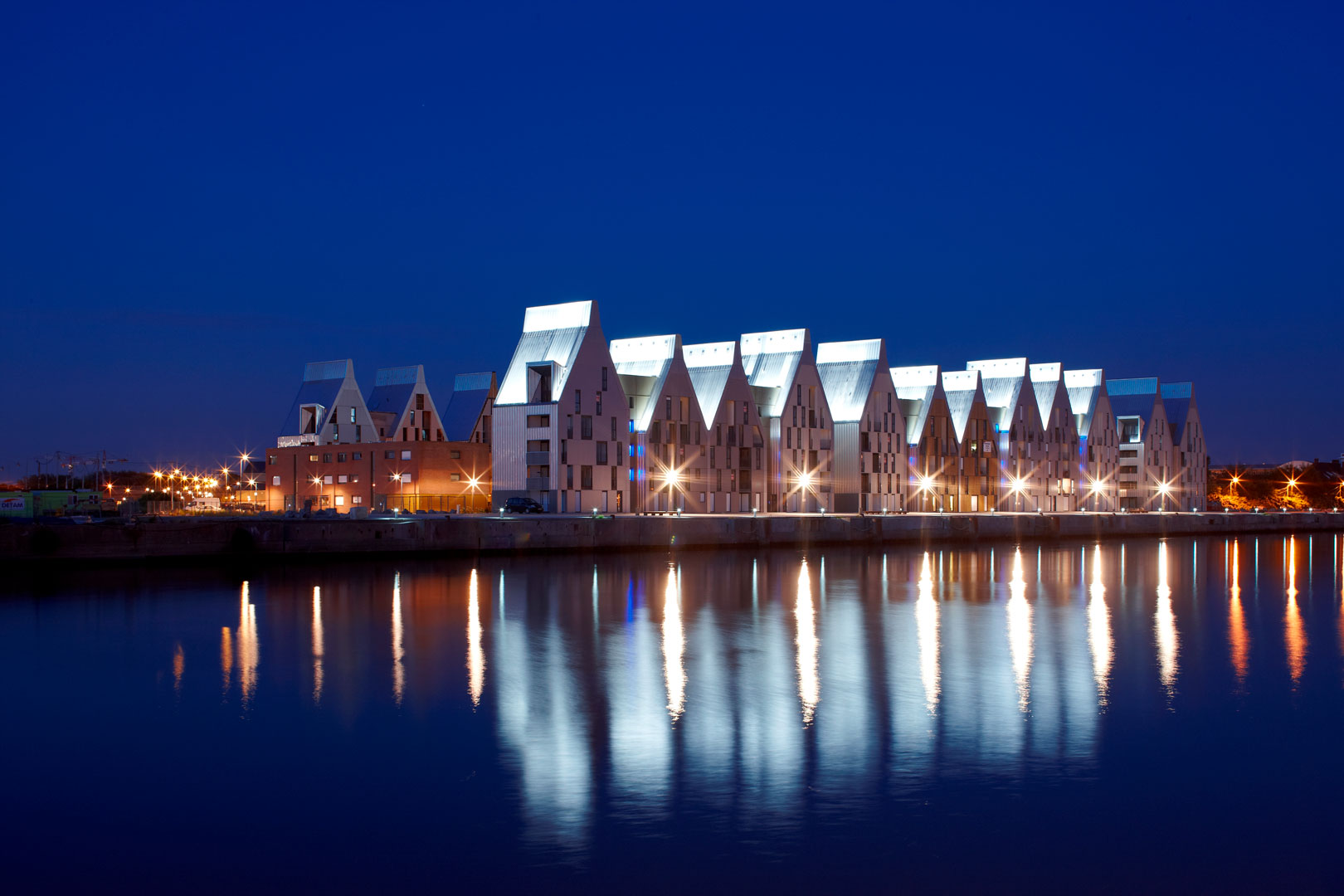
exhibition, films
and contemporary art
In addition to his activity as an urban architect, he was principal of the School of Art and of the Contemporary Art Center of Rueil-Malmaison between 1990 and 2000. From 2001 and up to 2010, he was director of the National School of Architecture of Versailles and created the contemporary art center La Maréchalerie thereof.
In 2004 he was the art curator of the Nouveaux Paris, la ville et ses possibles exhibition at the Pavillon de l’Arsenal, then he was general curator of Alert, the 2008 edition of Agora – Biennale d’Architecture, d’Urbanisme et de Design of Bordeaux.
Through these exhibitions and those organized by the ANMA Foundation at La Manne, Nicolas Michelin experimented with film and notably directed the short film Bordeaux 2046, Une jour de Marie for Agora 2008.
Opposite: Agora, Architecture Biennale, town planning and design in Bordeaux, 2008.

littérature
de théorie et de récits
Théoricien de la pratique d’une époque, c’est un auteur prolifique dévoilant esprit et méthode dans plusieurs ouvrages paru ces quinze dernières années :
Avis. Propos sur l’architecture, la ville et l’environnement en 2006 chez Archibooks,
L’aventure de la transformation d’une halle – des Farines à l’Université en 2007 chez Ante Prima,
Alerte – et si on pensait un peu plus à elle ? en 2008 chez Archibooks,
Attitudes – propos sur l’architecture, la ville, l’environnement en 2010 chez Archibooks.
En 2019, il écrit une fiction, Amer, publiée chez Les Productions du Effa, maison éditant aussi en 2020 L’Inconcevable, nouveau livre à paraître, écrit pendant le confinement et abordant la ville d’Après.
Ci-contre :Reconversion de la Halle aux Farines à Paris, ANMA, 2006
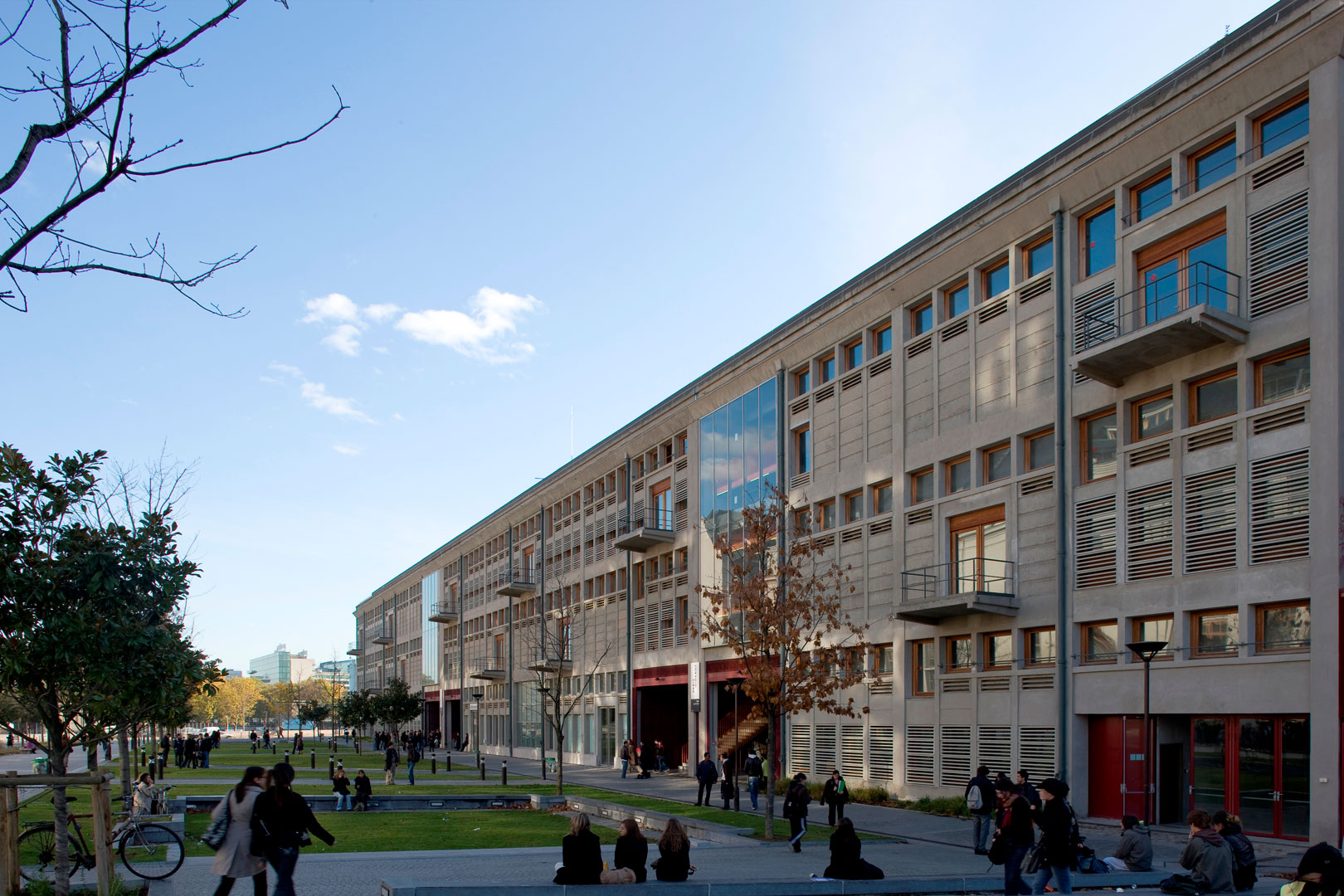
8 thèmes pour une conception sur mesure
Il cadre sa pratique selon huit thèmes qu’il développe dans les projets de son agence : l’ultra contextuel, l’ordinaire-extra, l’énergie naturelle, la légèreté économique, la haute qualité d’usage, la densité vertueuse, la nature en ville et la poétique de l’inutile. Ceux-ci sont la pierre angulaire d’un travail engagé, soutenu lors de nombreuses conférences à travers la France et le monde (New-York, Boston, Montréal, Beijing), dans des ouvrages collectifs, nombre d’essais et de prises de parole dans la presse et la littérature spécialisée.
En 2016, il fait le constat de la nécessaire évolution des modalités de la fabrique urbaine qu’il publie dans le Manifeste A. Pour une nouvelle fabrication de la ville., prise de position reconnue et signée par une centaine de confrères architectes urbanistes et de professionnels des secteurs attenants. En 2017, une Monographie recensant les projets emblématiques de son agence paraît aux éditions Cuardernos.
Ci-contre : Galerie Artem à Nancy, ANMA, 2012

a collaborative vision of urban planning
In Bordeaux, Villeneuve d’Ascq, Marseille, Villeurbanne, Montpellier or Saint-André-lez-Lille, Nicolas Michelin defends a participatory approach to urban design: “negotiated” urban planning workshops.
Within these, and on the basis of an evolving guide plan, the inhabitants, the architects, the promoters, the towns, the planners and the town planner do meet. They share a common culture of the project and, through listening and dialogue, undertake the defense of the public interest and urban quality.
From 2016, he gradually implemented within ANMA the collaborative principles that he has defended and tested over the projects of the past twenty years. This new way of doing things, of co-design and consultation, foreshadows the agency’s turn towards collective intelligence in 2020.
Opposite: Landscape plan sketch of the Bassins à Flot, ANMA, 2019
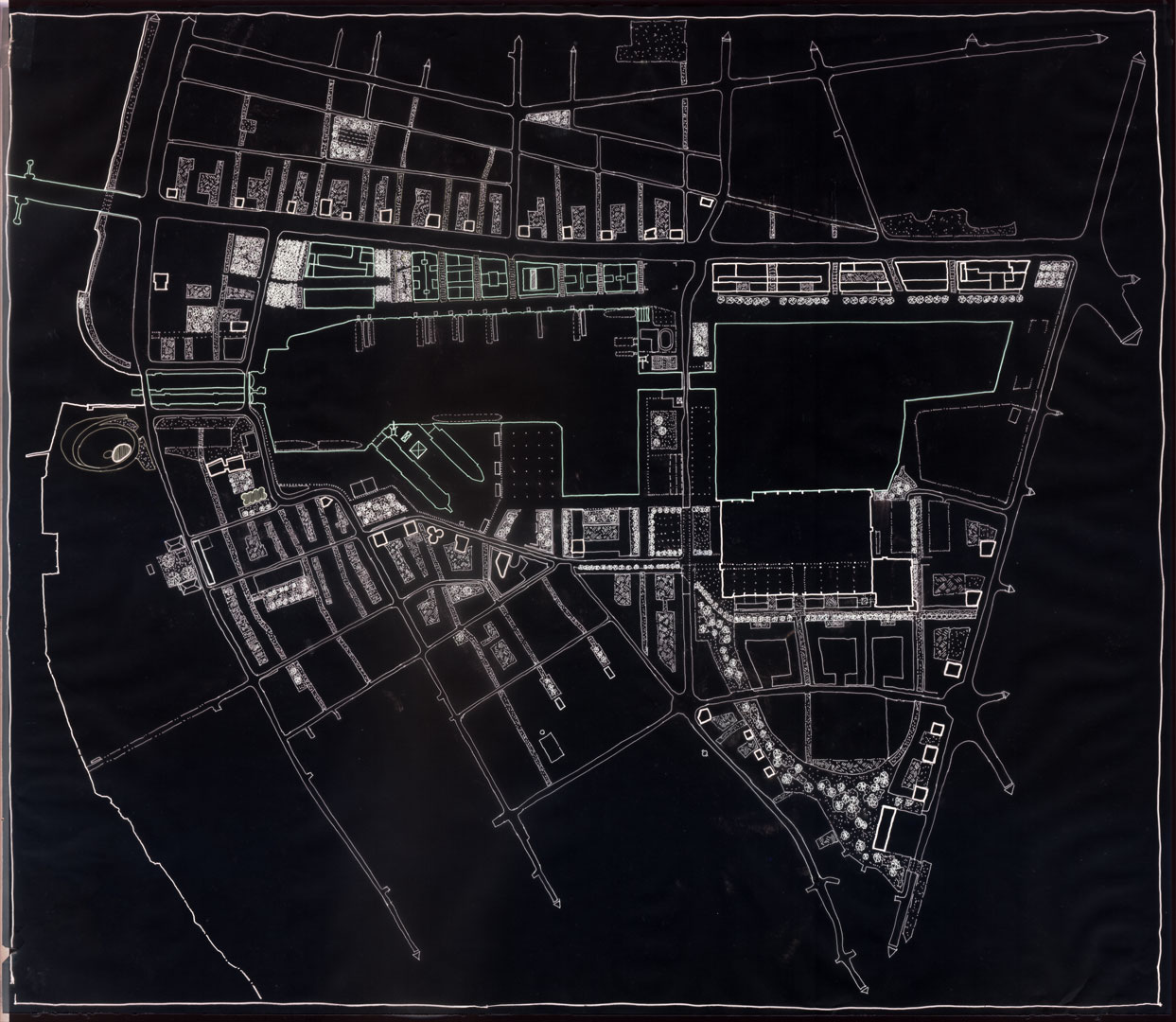
passing on
beliefs
In a process of transmission, he sets up with Cyril Trétout and Michel Delplace a new team of partners with complementary profiles.
For nearly three years, he worked hand in hand with them to put ANMA in a new cycle: in accordance with the environmental and urban convictions he always had, but according to renewed positions.
Relieved of his obligations to the agency’s operational and strategic management, he now works as an expert with the agency’s teams on specific large urban operations.
He’s now entirely devoted to defending the environmental cause, performing arts and writing.
Opposite: Dome of the National University Library of Strasbourg, ANMA, 2014
